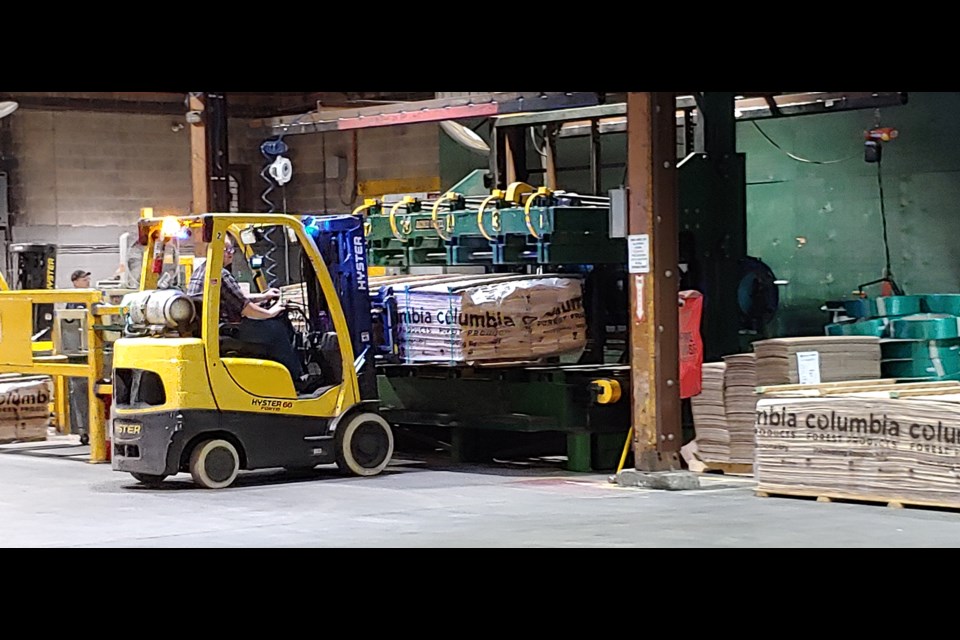"Forestry matters, forestry matters, forestry matters."
So said Jamie Lim, President and CEO, Ontario Forest Industries Association, followed by a round of applause from interested parties at the Ontario government's release of its Sustainable Growth: Ontario's Forest Sector Strategy at Columbia Forest Products' Rutherglen plant, Thursday.
"In Northern Ontario, we want opportunities for our youth. We want people to stay home. That's what this strategy is all about," Lim offered.
She then likened the forward-thinking strategy to Walter Gretzky's mantra made famous by son Wayne: "Skate to where the puck is going, not where it has been."
"We need these jobs," added Lim, "we need these opportunities. The Indigenous business leaders I work with, the mayors, we are excited about this."
Lim said there is much work to be done but the strategy "sends a huge signal, for the first time in a long time in this province, that forestry matters."
The first pillar of the strategy is sustainability and this aligns with the standard practices at Columbia Forest Products, says Ontario Woodlands Manager Dan Bowes.
"As a company, we have a real focus on sustainability, we're a supporter of the Forest Stewardship Council," he says. "We want to be sure we are responsibly managing our forest."
Bowes observes the other three pillars of the strategy — cost-competitiveness; putting more wood to work; and, innovation and talent — also mesh with Columbia's operations.
"Talent is another big item for us here. To expand, obviously, we need a skilled labour force and we're hoping this strategy will lead to developing more young people to get into forestry, begin to work in manufacturing settings, to have a workforce for tomorrow."
Any thoughts of adding jobs — in any sector — typically begins with increased production.
Bowes says Columbia's Rutherglen plant uses high-quality veneer logs in production and supply is affected by harvesting shortfalls. The aim of the sustainable growth strategy is for stakeholders to avoid those gaps in supply by working together.
"It's really critical for us that we have the wood supply stable, and sustainable for the future so we can invest in our facilities," observes Bowes.
Besides the Rutherglen site, Columbia also operates facilities in Hearst and Kitchener, selling its finished products domestically and in the United States. Rutherglen employs 75, Hearst has 230, plus 25 in Kitchener.
"We're looking to grow our company at all times," adds Bowes. "And if we can demonstrate a sustainable, successful business here with additional wood supply, it certainly leads us in that direction to be able to expand."



